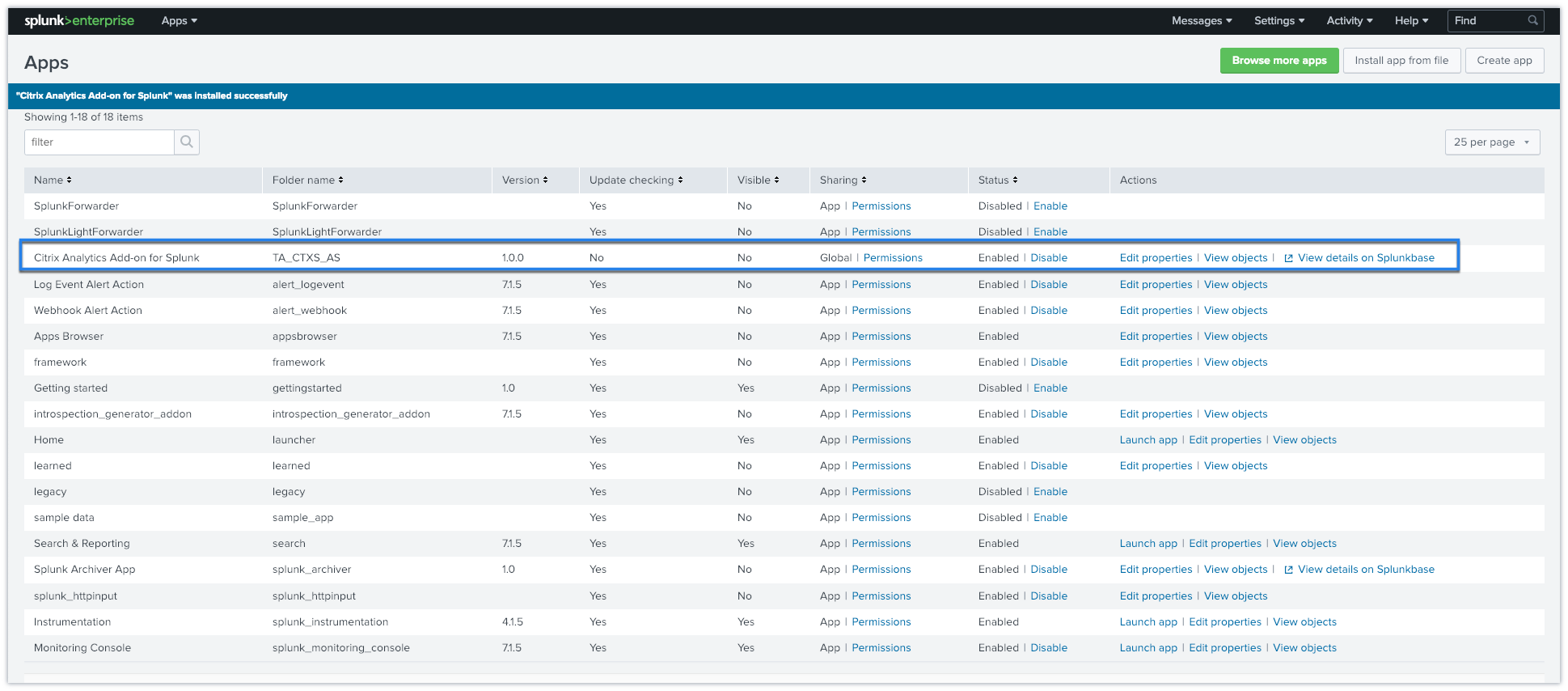

- #SPLUNK LOG FILES HOW TO#
- #SPLUNK LOG FILES INSTALL#
- #SPLUNK LOG FILES FULL#
- #SPLUNK LOG FILES CODE#
Personally I will do that onboarding phase on my own test instance and then add those definitions into correct places when I'm happy with results. Create needed dashboards, alerts etc under app created in #1.Create inputs (in own app) on DS (if you are using it) or directly to openvpn server to collect it logs and define index, sourcetype etc.
#SPLUNK LOG FILES INSTALL#
#SPLUNK LOG FILES HOW TO#
Here is link to splunk documentation how to do it Most common way is use nf and nf files to select what you want keep and what you want to drop. Quite often it's one of indexers, but time to time it is HF (heavy forwarder).

#SPLUNK LOG FILES FULL#
Normally this is done on first full splunk instance from UF to Indexers. In general case there are some options how to drop unneeded data from events and even change its format. If you use a wildcard for the value, NOT fieldA=* returns events where fieldA is null or undefined, and fieldA!=* never returns any events.Without knowing your source log format it's impossible to give you to exact answer. The following search returns events where fieldA exists and does not have the value "value2". The following search returns everything except fieldA="value2", including all other fields. Searching with the boolean "NOT" comparison operator is not the same as using the "!=" comparison. | search sourcetype=access_combined_wcookie action IN (addtocart, purchase) 5. In the events from an access.log file, search the action field for the values addtocart or purchase. This example shows how to use the IN operator to specify a list of field-value pair matchings. | search host=webserver* status IN(4*, 5*) 4. | search host=webserver* (status=4* OR status=5*)Īn alternative is to use the IN operator, because you are specifying two field-value pairs on the same field. This example searches for events from all of the web servers that have an HTTP client and server error status. This example shows field-value pair matching with wildcards. | search (code=10 OR code=29 OR code=43) host!="localhost" xqp>5Īn alternative is to use the IN operator, because you are specifying multiple field-value pairs on the same field.

#SPLUNK LOG FILES CODE#
This example searches for events with code values of either 10, 29, or 43 and any host that is not "localhost", and an xqp value that is greater than 5. This example shows field-value pair matching with boolean and comparison operators. This example shows field-value pair matching for specific values of source IP (src) and destination IP (dst). To learn more about the search command, see How the search command works. Forwarder topologies and deployments For information on forwarders, including use cases, typical topologies, and configurations, see About forwarding and receiving in the Forwarding Data manual. The following are examples for using the SPL2 search command. Use Splunk Web to configure the inputs and a deployment server to copy the resulting nf file to forwarders.


 0 kommentar(er)
0 kommentar(er)
